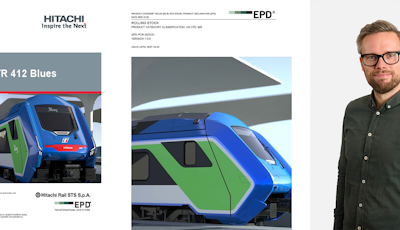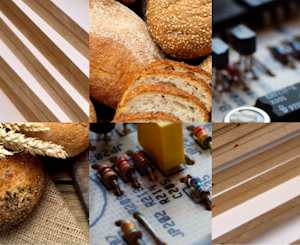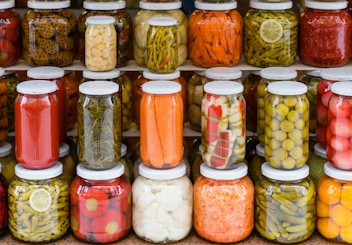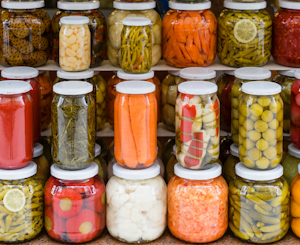*[Read about the SPD PCR and SPD and find the documents here.](https://www.environdec.com/spd)*
A Social Product Declaration (SPD) shows data on the social sustainability performance of a product or service in a life cycle perspective. The performance can be positive or negative effects on, for example, workers, local communities and users of the product. In a pilot project, the world’s first Product Category Rules (PCR) for SPDs, and the first ever SPD, was published in a collaboration between The International EPD System, Marzia Traverso of RWTH Aachen University, Circular s.r l. and Hitachi Rail. Gustav Sandin, PCR Manager, was project lead from EPD International’s side:
**Can you describe the project?**
In December 2021, we were approached by Marzia Traverso about the creation of a Social Product Declaration. Marzia and her team had performed a Social Life Cycle Assessment (S-LCA) on a train for Hitachi Rail and now they had the idea to create a declaration in the EPD format, but for social sustainability. For this, they needed to team up with a programme operator and first develop a PCR.
The International EPD System has a long history as front-runners in trustworthy, comparable data, as inventors of the PCR and EPD, and we thought we would be a perfect fit for this project. We accepted and a PCR Committee with RWTH Aachen University, Circular s.r.l and Hitachi Rail was formed to start the work. During 2022 and 2023, the PCR Committee, the Secretariat and the Technical Committee of EPD International worked together to create the PCR, with input from external stakeholders, in an open consultation – just like in a regular PCR development process. It took more work than usual, as an S-LCA is quite different from a “regular” LCA. I think all parties learned plenty during the process. Our role was to coordinate and administrate the process and ensure the quality of the final output.
The PCR and SPD started to come together in the spring of 2023, and in the fall the PCR underwent the final editorial touches and the SPD was independently verified by Claudia Peña, co-director of our EPD hub in Latin America, who is now the world’s first SPD verifier.
**Which uses do you see for Social Product Declarations?**
An SPD has similar areas of use as an EPD: it can be used to communicate information about your product and to show that your organisation is at the forefront of transparent sustainability data. The strength of an EPD is also the strength of an SPD – its comparability and objectivity, which is ensured by the fact that the rules are defined in an open and participatory process and that each single SPD must be verified by an independent third party. What SPDs will be used for more specifically is now up to the market and other actors – but I can imagine it being a powerful tool in improving the sustainability performance of supply chains and for public procurement, for example. Preferably it’s used together with EPDs to paint a broader picture of the sustainability performance of products.
In this project, the SPD PCR was created for rolling stock, which means that any manufacturer of rolling stock can use the PCR to produce its own SPD. Of course, just as with EPDs, new PCRs can be created for all types of products and services. In other words, we are happy to support any organization with an interest to create SPDs. My own view is that SPDs can be very valuable in sectors such as textiles, food and the mining industry. For organizations that take social issues seriously, an SPD can be useful to showcase this in industries known for less-than-ideal working conditions or harmful impact on communities.











